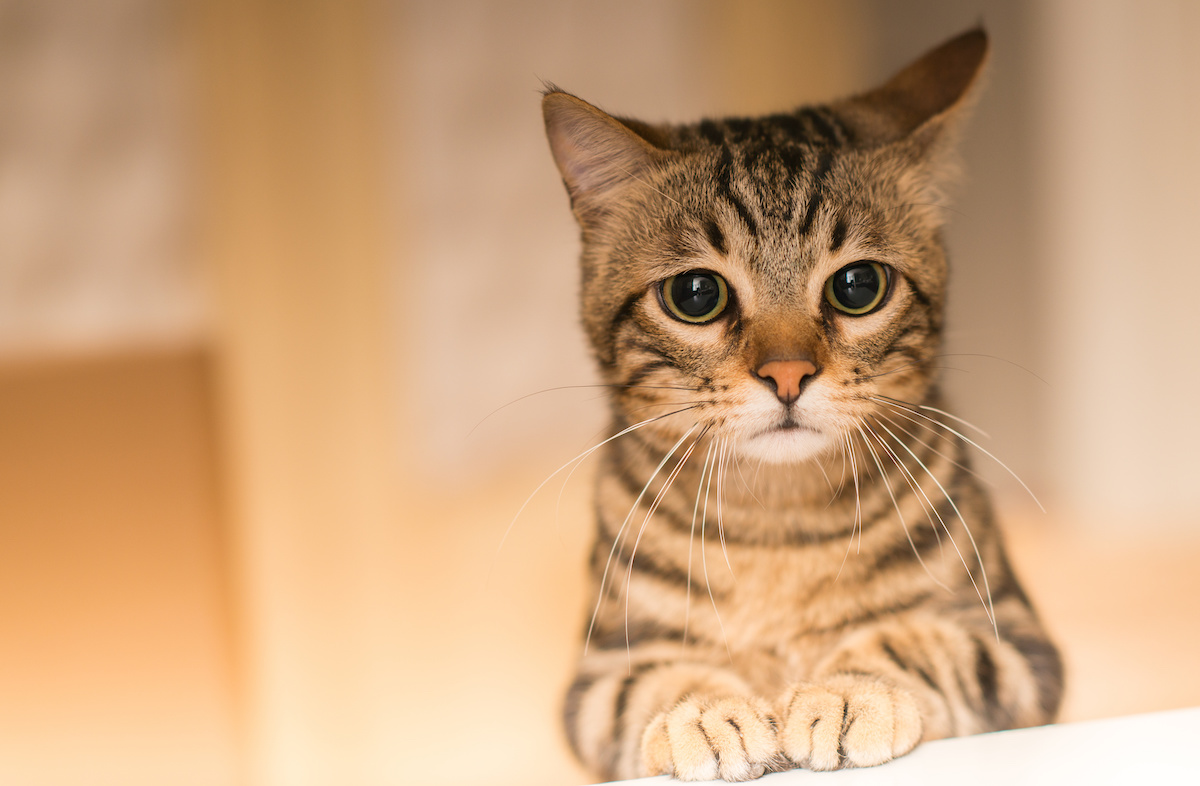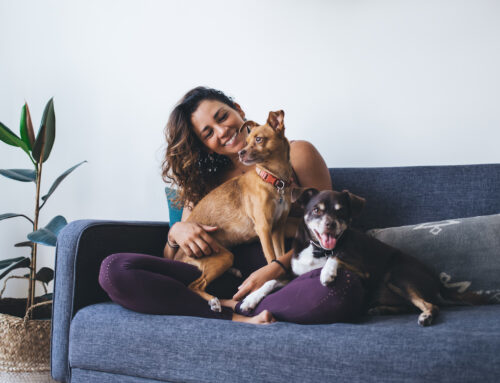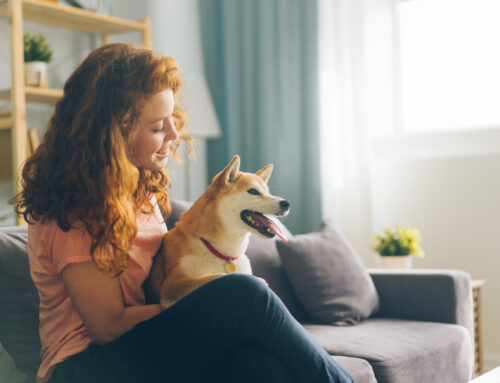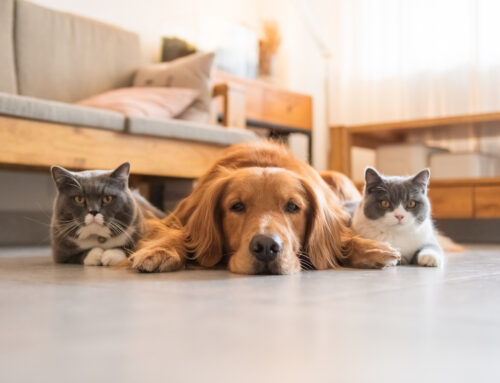As pet owners, we all want to better understand our furry companions, but they can’t communicate with us in words. Instead, they use body language to express how they feel, what they want, and how they respond to the environment. Learning to read your pet body language can significantly improve your ability to care for and bond with them.
This article provides an in-depth guide to understanding the subtle cues your pet might be giving and tips on how to respond appropriately.
Understanding the Basics of Pet Body Language
1. Why Body Language Matters
Unlike humans, pets cannot speak to communicate their emotions, needs, or discomforts. Therefore, body language is their primary means of interaction. Whether it’s a wagging tail, perked ears, or a wide stance, your pet is telling you something.
By paying attention to these cues, you can:
- Understand your pet’s mood
- Recognize when they are happy, anxious, or scared
- Strengthen your bond with them
- Prevent behavioral issues or aggressive responses
- Provide better care tailored to their emotional and physical needs
2. The Universal Signs of Pets’ Emotions
Different animals express themselves in unique ways, but many signals are common across species:
- Relaxation: When your pet is content, they’ll appear calm and at ease, with relaxed muscles and a soft gaze.
- Excitement: Eager pets will often have wide eyes, an upright posture, and may exhibit behaviors such as wagging tails (in dogs) or purring (in cats).
- Fear or Anxiety: Nervous pets may lower their heads, tuck their tails, or exhibit trembling. They may also try to hide or avoid eye contact.
- Aggression: Aggressive pets will stiffen, growl, hiss, or bare their teeth. You may notice raised fur, a rigid stance, and intense eye contact.

Reading Your Dog’s Body Language
Dogs are often seen as expressive and communicative animals, and their body language is generally easier to interpret than other pets. However, it’s still essential to pay close attention to the context of their behavior.
1. The Tail
- Wagging Tail: While a wagging tail is typically seen as a sign of happiness, it’s important to consider how the tail is wagging. A slow, side-to-side wag indicates calm contentment, while a fast, stiff wag may signal overexcitement or anxiety.
- Tucked Tail: If your dog tucks its tail between its legs, then it’s often a sign of fear or submission.
- Raised Tail: A tail that is held high can indicate confidence, excitement, or even dominance. However, it could also be a sign that your dog is on high alert.
2. Ears
- Perked Ears: When a dog’s ears are perked forward, they’re likely alert and focused. They’re probably trying to take in information about their environment.
- Flattened Ears: Ears pinned back or flat against the head typically signal fear, submission, or anxiety. This can be particularly noticeable if the dog is in a stressful situation.
3. Facial Expressions
- Relaxed Mouth: A slightly open mouth with a soft tongue hanging out indicates relaxation. Your dog is probably feeling at ease and content.
- Bared Teeth: Showing teeth can be a sign of aggression or fear. Pay close attention to other body language cues to determine whether your dog is warning someone to back off or if they’re feeling threatened.
4. Posture and Movement
- Play Bow: One of the most recognizable signals in dogs is the “play bow.” When a dog lowers its front half while keeping its rear in the air, they are inviting you or another dog to play.
- Cowering or Hiding: Dogs that are scared or anxious will shrink back, lower their bodies, or hide behind objects. This body language clearly shows discomfort or fear.
Reading Your Cat’s Body Language
Cats are more subtle than dogs when it comes to body language. While they may not always show their feelings as overtly, you can still read a cat’s emotions through careful observation.
1. The Tail
- Raised Tail: A cat that holds its tail upright is typically feeling confident and friendly. A slight curve at the tip often indicates curiosity or playfulness.
- Puffed-Up Tail: A puffed tail is a defensive response. If your cat’s tail is standing straight up and puffed, then they’re frightened or threatened.
- Flicking Tail: A flicking or swishing tail often signals irritation or annoyance. Cats tend to flick their tails when they’re agitated, so it’s best to give them some space.
2. Ears
- Forward Ears: Ears pointed forward mean your cat is interested or curious about something in their environment.
- Flattened Ears: Ears pinned back against the head are a sign of fear or aggression. Cats in this state might be on the defensive and could lash out if provoked.
3. Eyes
- Slow Blinks: A slow blink is often a sign of affection or relaxation. Cats that trust you will often make eye contact and blink slowly.
- Dilated Pupils: When a cat’s pupils are wide, it can indicate excitement, surprise, or fear. It’s a good idea to assess the surrounding context to better understand what’s causing this response.
4. Body Posture
- Arched Back: When a cat arches its back with raised fur, they’re likely feeling threatened or scared. This is often paired with hissing or growling.
- Relaxed Body: A cat lying on its back with its belly exposed is feeling comfortable and trusting. However, this doesn’t always mean they want belly rubs, as some cats are sensitive in this area.
Small Pets and Their Body Language
For those with smaller pets like rabbits, hamsters, or guinea pigs, body language is also essential for understanding their feelings and needs.
Rabbits
- Flopping Over: If a rabbit flops onto its side, then it’s a sign they are relaxed and content.
- Thumping: Rabbits will thump their hind legs when they feel threatened or scared. This is a warning signal, and it’s best to check their environment for any potential dangers.
Guinea Pigs
- Popcorning: Guinea pigs will jump and twirl in the air, known as “popcorning,” when they’re happy or excited.
- Chattering Teeth: Teeth chattering is often a sign of irritation or warning. This behavior can escalate to biting if the animal feels threatened.
Birds and Their Body Language
Birds communicate a lot through their body language, and understanding it is crucial for ensuring their well-being.
1. Feather Position
- Puffed-Up Feathers: Birds fluff up their feathers when they’re relaxed or trying to conserve heat. However, persistent puffing can be a sign of illness.
- Sleek Feathers: If a bird’s feathers are sleek and flat against their body, then they are usually alert and focused on something.
2. Beak and Eyes
- Beak Clicking: Rapid clicking of the beak can indicate irritation or a warning.
- Eye Pinning: When a bird’s pupils rapidly expand and contract, it can be a sign of excitement or agitation.
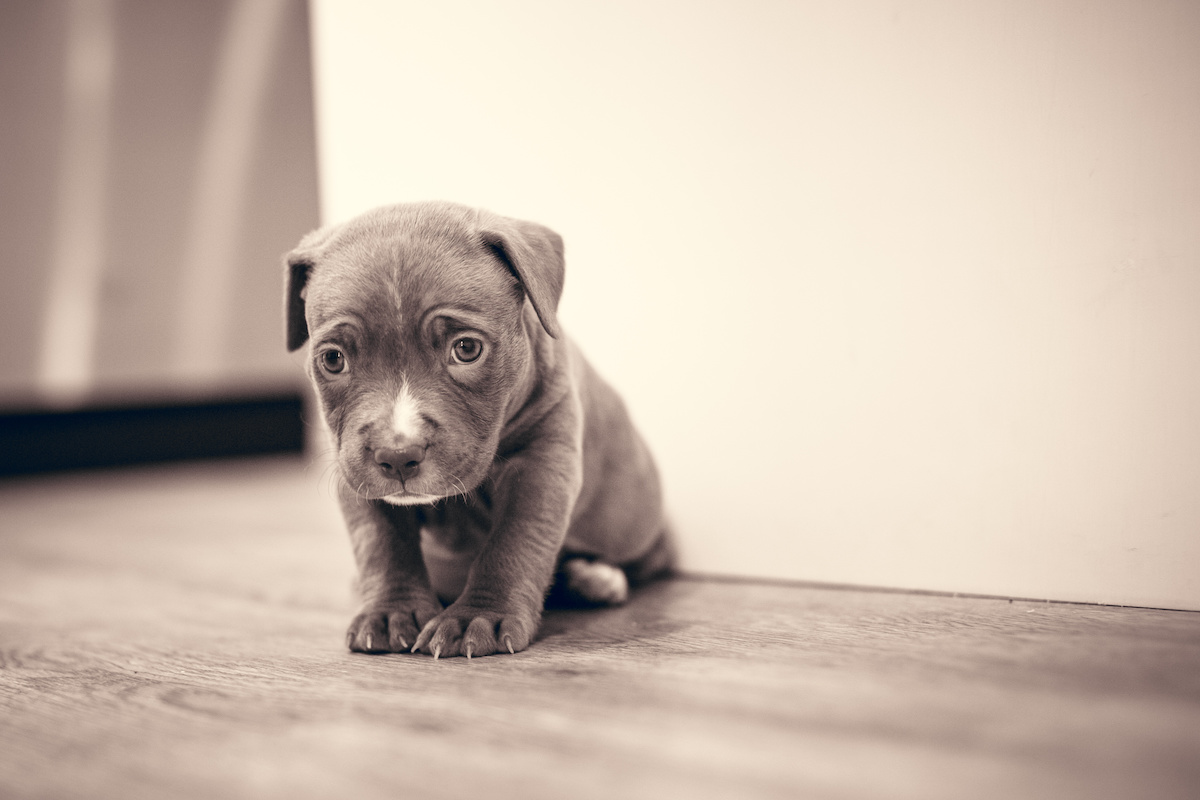
Tips and Tricks for Responding to Your Pet’s Body Language
1. Give Them Space
If your pet is showing signs of fear or irritation, then the best thing to do is give them space. Pressuring them can lead to further stress or even aggression.
2. Reinforce Positive Behaviors
When your pet is relaxed, happy, or playful, reward them with praise, treats, or affection. This reinforces positive behavior and strengthens your bond.
3. Stay Calm
Pets often feed off their owner’s energy. If you remain calm in stressful situations, then it can help soothe your pet’s anxiety.
4. Respect Their Boundaries
Not all pets enjoy the same level of attention. Pay attention to cues that indicate they’ve had enough interaction, and respect their need for personal space.
What is Your Pet Body Language Saying?
Understanding your pet body language is key to building a strong relationship based on trust and communication. By paying attention to the signals your pet gives, you can ensure they feel safe, loved, and understood.
At Animal Care Center, we’re here to help you better connect with your pets and provide them with the best care possible. If you have any questions or concerns about your pet’s behavior, then don’t hesitate to reach out to us for advice or support.

